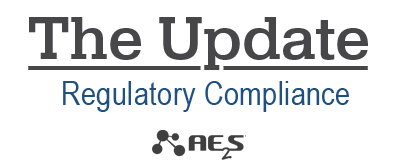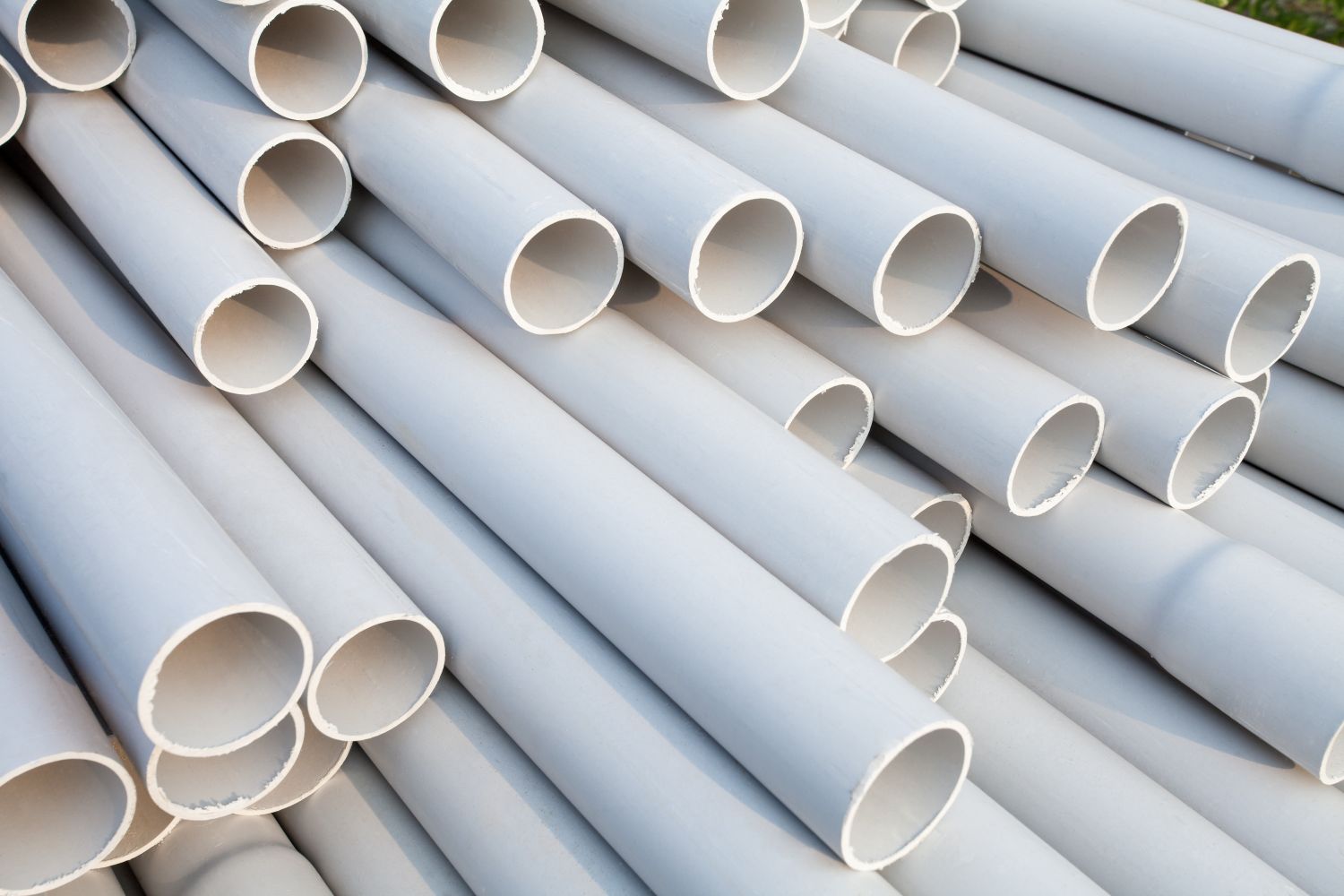As communities and water systems inventory public and private service lines looking for lead, those with polyvinyl chloride (PVC) pipes likely felt a sense of relief. The U.S. Environmental Protection Agency (USEPA) effort to get the lead out of the country’s drinking water infrastructure has been a massive undertaking over the past couple years.
Under the Lead and Copper Rule Revisions and the current Lead and Copper Rule Improvements (LCRI), those with PVC pipes are not required to be replaced, unlike lead and galvanized requiring replacement pipes. However, a July 17th article in WATER DAILY brings concerns about the future of PVC pipes to the forefront.
Vinyl chloride is one of the five chemical substances USEPA has designated as a “High-Priority Substance” for risk evaluation under the Toxic Substances Control Act (TSCA), the nation’s chemical safety law. Vinyl chloride is one of the components of PVC pipes. It’s also found in plastic resins, chemicals, and some insulating materials.
The other four chemical substances USEPA identified as High-Priority Substances include:
- Acetaldehyde (CASRN 75-07-0) – adhesives, petrochemicals, plastic and other chemicals, as well as intermediates for products such as packaging and construction materials.
- Acrylonitrile (CASRN 107-13-1) – plastic materials, paints, petrochemicals, and other chemicals.
- Benzenamine (CASRN 62-53-3) – dyes and pigments, petrochemicals, plastics, resins, and other chemicals.
- 4,4’-methylene bis (2-chloroaniline) (MBOCA) (CASRN 101-14-4) – rubbers, plastics, resins, and other chemicals.
In 2024, USEPA said it selected the five chemicals for further assessment based on the chemicals’ bioaccumulation and environmental persistence and whether the chemical is stored near significant sources of drinking water.
The Association of Metropolitan Water Agencies (AMWA) submitted a comment about vinyl chloride via the Federal Register on the USEPA’s Draft Scope of the Risk Evaluation Under the TSCA. In part, the AMWA comment states, “Vinyl chloride is already regulated under the Safe Drinking Water Act (SDWA), so any evaluation under TSCA to determine whether vinyl chloride poses an unreasonable risk should carefully consider that existing regulatory framework. EPA should also appropriately tailor any risk determination under TSCA to avoid imposing unnecessary costs on public water systems through inconsistent and duplicative regulation.”
AMWA points out USEPA already has established a maximum contaminant level (MCL) of 2 parts per billion for vinyl chloride in drinking water. The AMWA also calls attention to study results cited by USEPA that found levels of vinyl chloride at the tap were “less than or equal to 25 ng/L after 101 hours of exposure to new PVC and chlorinated PVC (CPVC) pipes” which are concentrations below the SDWA MCL for vinyl chloride.
After the public comment period ended in April, the final Risk Evaluation scope was expected to be published by USEPA in June. As of August 4, it has not been published. The USEPA provided the following quote to WATER DAILY, “EPA’s chemical safety program plays an integral role in implementing … Administrator Zeldin’s ‘Powering the Great American Comeback’ Initiative. … EPA is evaluating our existing chemicals program to ensure we’re protecting human health and the environment and aligning Administration priorities and executive orders. … EPA is subject to a consent order that requires us to finalize seven risk evaluations this year and 10 more by the end of next year. These factors, in addition to figuring out how best to use our resources, will determine the best path forward for our actions on existing chemicals.”
AE2S will monitor future updates to the TSCA, including any regulatory changes to vinyl chloride that affects PVC pipes. If you have questions, please contact Nate Weisenburger, AE2S Drinking Water Practice Leader.

